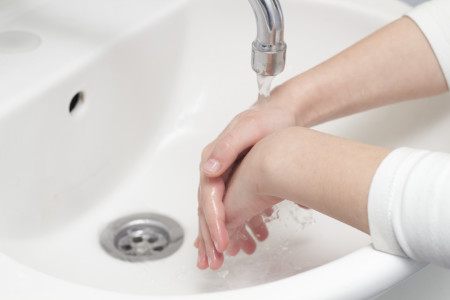Poison ivy, oak, and sumac: What should I do if I touch a plant?
Act fast if you touch poison ivy, oak, or sumac
You may be able to avoid a rash by washing your skin with a poison plant wash and then rinsing thoroughly.

If you think you’ve touched one of these plants, acting quickly may prevent a rash. Here’s what dermatologists recommend you do immediately after encountering poison, ivy, oak, or sumac:
- Immediately wash the part of your skin that touched the plant with one of the following:
- Rubbing alcohol
- Poison ivy, oak, and sumac wash (cleanser, soap, or towelettes)
- Dishwashing soap
- Laundry detergent
Wash your skin gently. Scrubbing can cause a rash because you rub the plant’s oil, which is what leads to a rash, into your skin.
- Thoroughly rinse with plenty of cool water. This removes the rubbing alcohol or other product from your skin. Leaving one of these products on your skin could irritate your skin, causing a different type of rash.
- Wash under your nails. This will remove any oil that may have gotten trapped there.
You want to do the above immediately after coming into contact with the plant or anything that has the plant’s oil on it. Sometimes, you can still prevent a rash by following these instructions within 10 to 20 minutes of touching the plant or its oil. If an hour or so has passed and your skin doesn’t itch, it still may be helpful to follow these steps. Doing so may reduce the severity of the rash you get.
It will take time to tell whether you successfully prevented a rash. To find out how long it can take for a rash to appear, go to: Poison ivy, oak, and sumac: When does the rash appear?
Image
Getty Images
References
Centers for Disease Control and Prevention. “Poisonous plants.” Last reviewed 8/7/2018. Last accessed 7/23/2019.
McGovern TW. “Dermatoses due to plants.” In: Bolognia JL, et al. Dermatology. (second edition). Mosby Elsevier, Spain, 2008: 255-6.
 Atopic dermatitis: More FDA-approved treatments
Atopic dermatitis: More FDA-approved treatments
 Biosimilars: 14 FAQs
Biosimilars: 14 FAQs
 How to trim your nails
How to trim your nails
 Relieve uncontrollably itchy skin
Relieve uncontrollably itchy skin
 Fade dark spots
Fade dark spots
 Untreatable razor bumps or acne?
Untreatable razor bumps or acne?
 Tattoo removal
Tattoo removal
 Scar treatment
Scar treatment
 Free materials to help raise skin cancer awareness
Free materials to help raise skin cancer awareness
 Dermatologist-approved lesson plans, activities you can use
Dermatologist-approved lesson plans, activities you can use
 Find a Dermatologist
Find a Dermatologist
 What is a dermatologist?
What is a dermatologist?